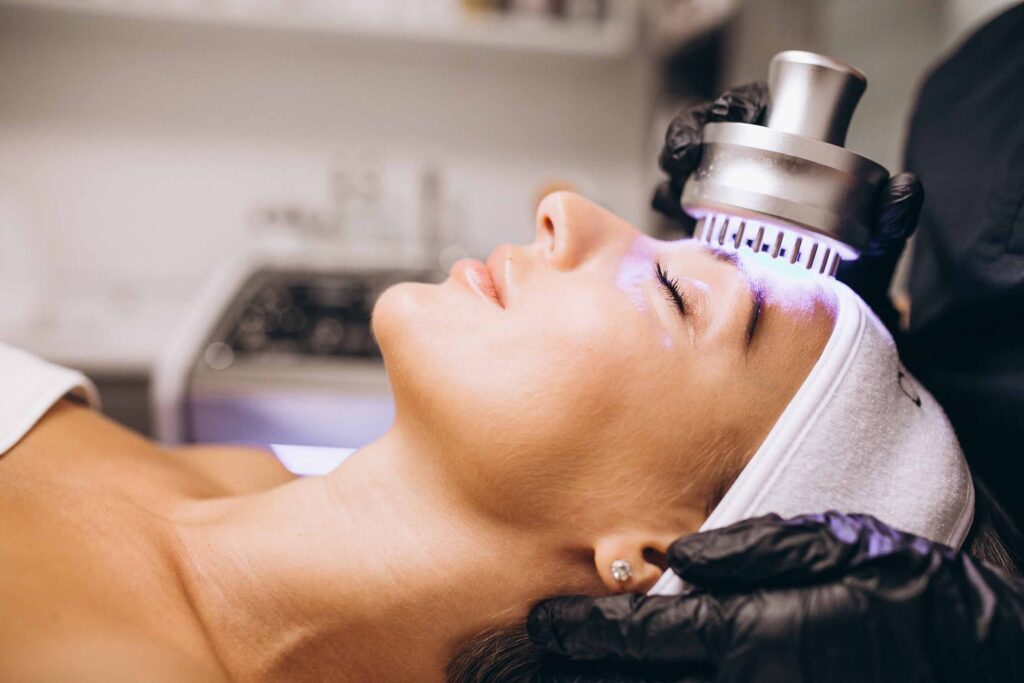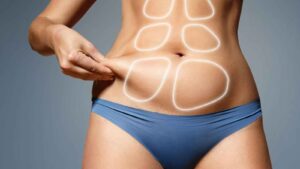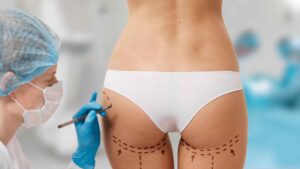As we age, maintaining youthful skin becomes a common concern. While traditional facelifts are effective, they can be invasive and require significant recovery time. Fortunately, there are several non-surgical facelift alternatives that offer impressive results with minimal downtime. This article explores some of the most popular minimally invasive options available today.
Symptoms of Silicone Poisoning: What to Know After PIP Implant Removal




